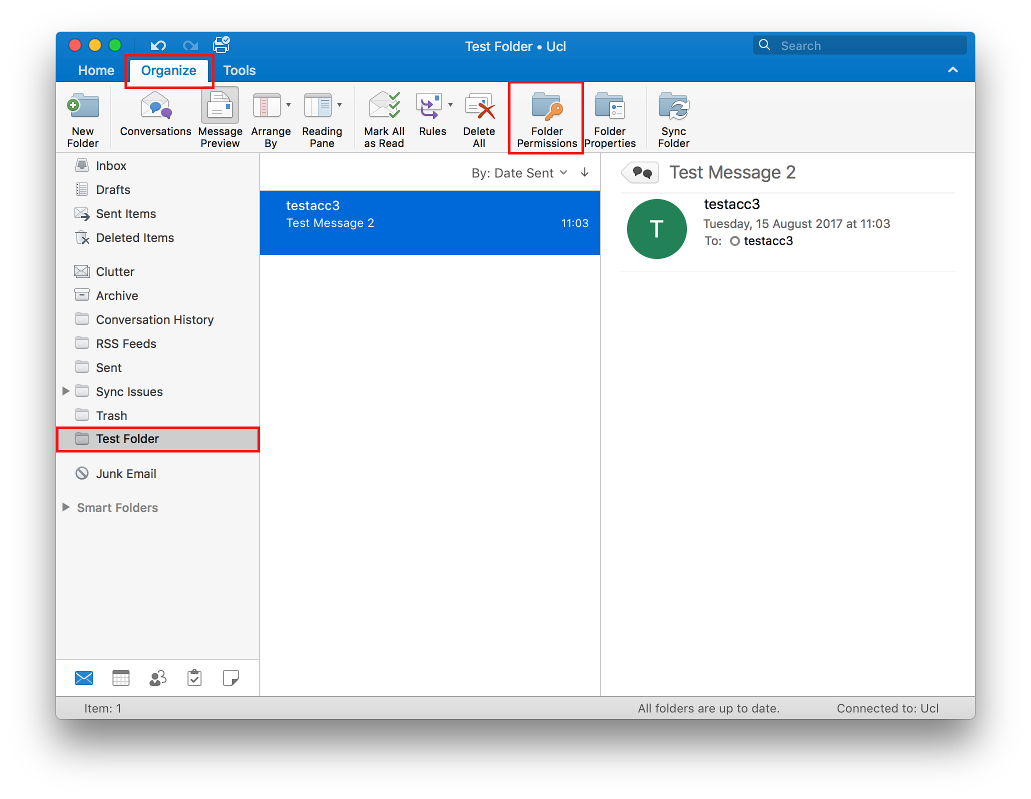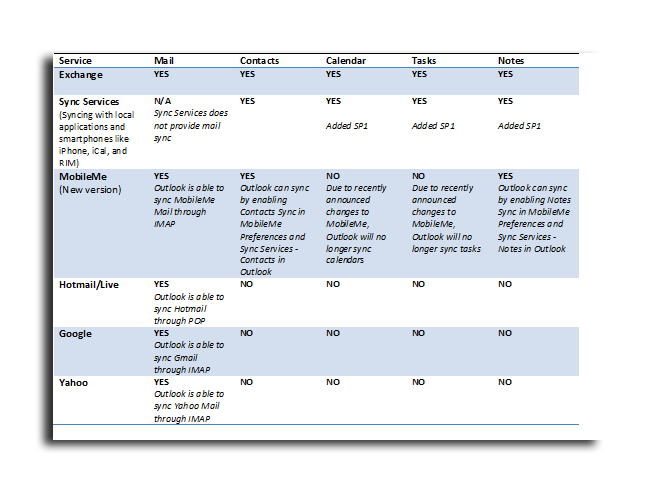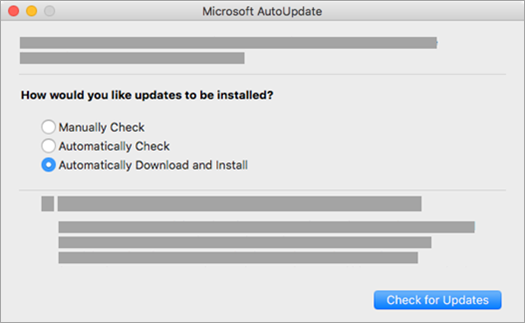

- #SYNC SERVICES OUTLOOK FOR MAC 2016 MANUAL#
- #SYNC SERVICES OUTLOOK FOR MAC 2016 DOWNLOAD#
- #SYNC SERVICES OUTLOOK FOR MAC 2016 WINDOWS#
Establishing actions and workflows between apps can also be helpful to automate processes and improve the way you organize and manage your contacts. If you think connecting your entire iCloud or Outlook contact list with your CRM would be completely chaotic, make sure you use a solution where you can filter the type of contacts you need to sync. Native integrations and iPaaS are good solutions to keep databases in sync. With constantly changing data, an import/export is not a good solution for this problem because, even if you would take the time to export CSV files every day, your data will never be truly up-to-date. Your CRM should be in sync with all the other systems where you or your team interact with contacts, including Outlook, iCloud, or both.īut if you need to use all these tools next to each other, how do you keep them together? There you can visualize and control the relationship with your contacts from start to end. Next to that, the best way to manage contacts is by centralizing them within a CRM. So if you can, it's better to select just one of them for all your business contacts. Having two contact repositories like Outlook and iCloud working next to each other makes things even harder.

As your business grows so do your databases, and this increasing number of business contacts needs constant updates.
#SYNC SERVICES OUTLOOK FOR MAC 2016 WINDOWS#
ICloud for Windows is an effective way to keep both apps up-to-date, but it does lack the level of customization available with a dedicated syncing app as described in the previous option. You should now be able to see your iCloud email, contacts, and calendars synced there. After the setup has finished, launch Outlook.Select the option to sync Mail, Contacts, Calendars, and Tasks, then click Apply.Launch the app and sign in with your Apple ID and password.
#SYNC SERVICES OUTLOOK FOR MAC 2016 DOWNLOAD#

Navigate to the "People" tab of Outlook Web > Manage > Import Contacts.Use a vCard (.vcf) to CSV (.csv) online converter, or follow this process from Microsoft.Click "Export vCard…" in the Actions Menu to download a vCard file.Click the Actions Menu on the bottom left corner and choose "Select All", or choose only the contacts you want to export.Go to /contacts/ to access your contacts list.
#SYNC SERVICES OUTLOOK FOR MAC 2016 MANUAL#
For a manual export from iCloud and import into Outlook you need to: This is because Outlook uses a standard CSV file format while iCloud uses vCard (.vcf) files. Often an import/export is the simplest option for a one-off transfer of contacts between apps, but with Outlook and iCloud it's much more complicated. Here's our rundown of the best options so you can discover the easiest solution for you. Or, you might have contacts that are accessible in one platform but not the other, making it difficult to keep in touch with the right people wherever you are.Įven if iCloud and Outlook have totally different operating systems, you can get them to play nicely and keep your contacts up-to-date everywhere, no matter which platform or device you're looking at. You might have two totally different versions of your contact data in iCloud and Outlook and be unsure of which one to trust. Maybe you're using an iPhone with a Windows laptop, or Apple for work and Microsoft for home. Sometimes you choose one system for all of your devices, but other times you end up using both. ICloud and Outlook are two of the most popular apps for storing contacts.


 0 kommentar(er)
0 kommentar(er)
